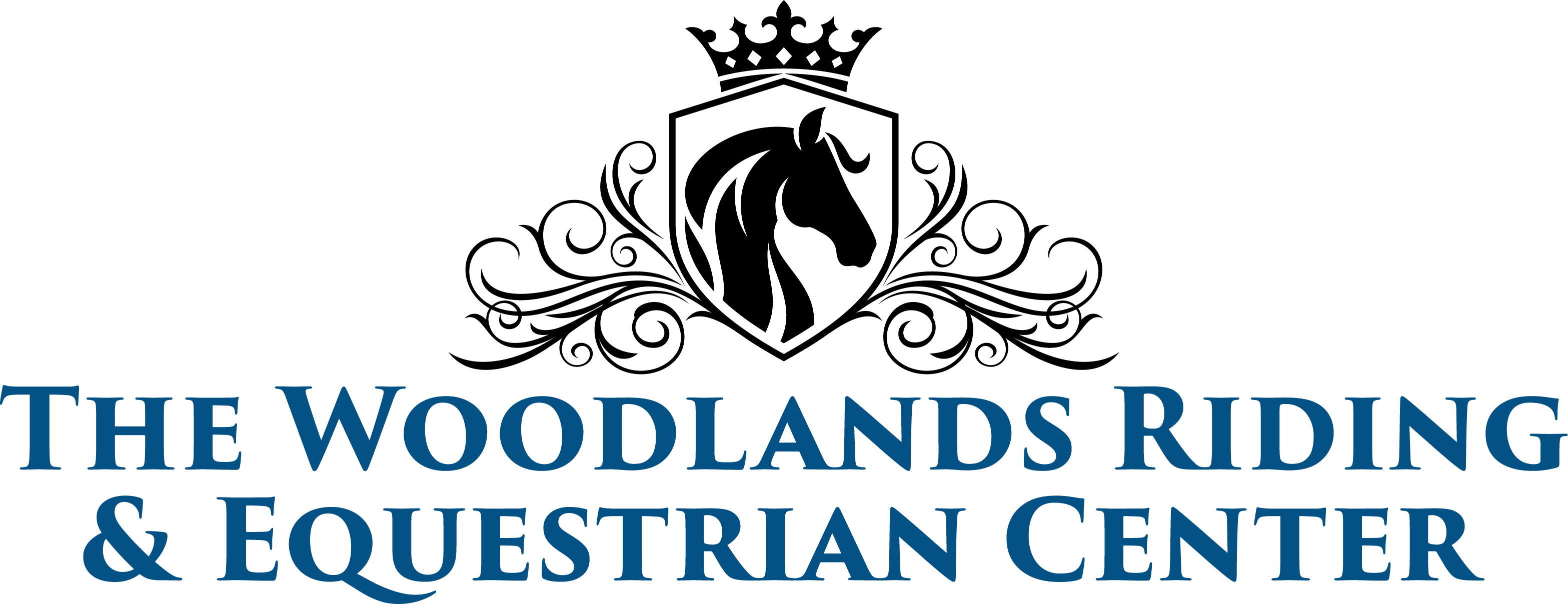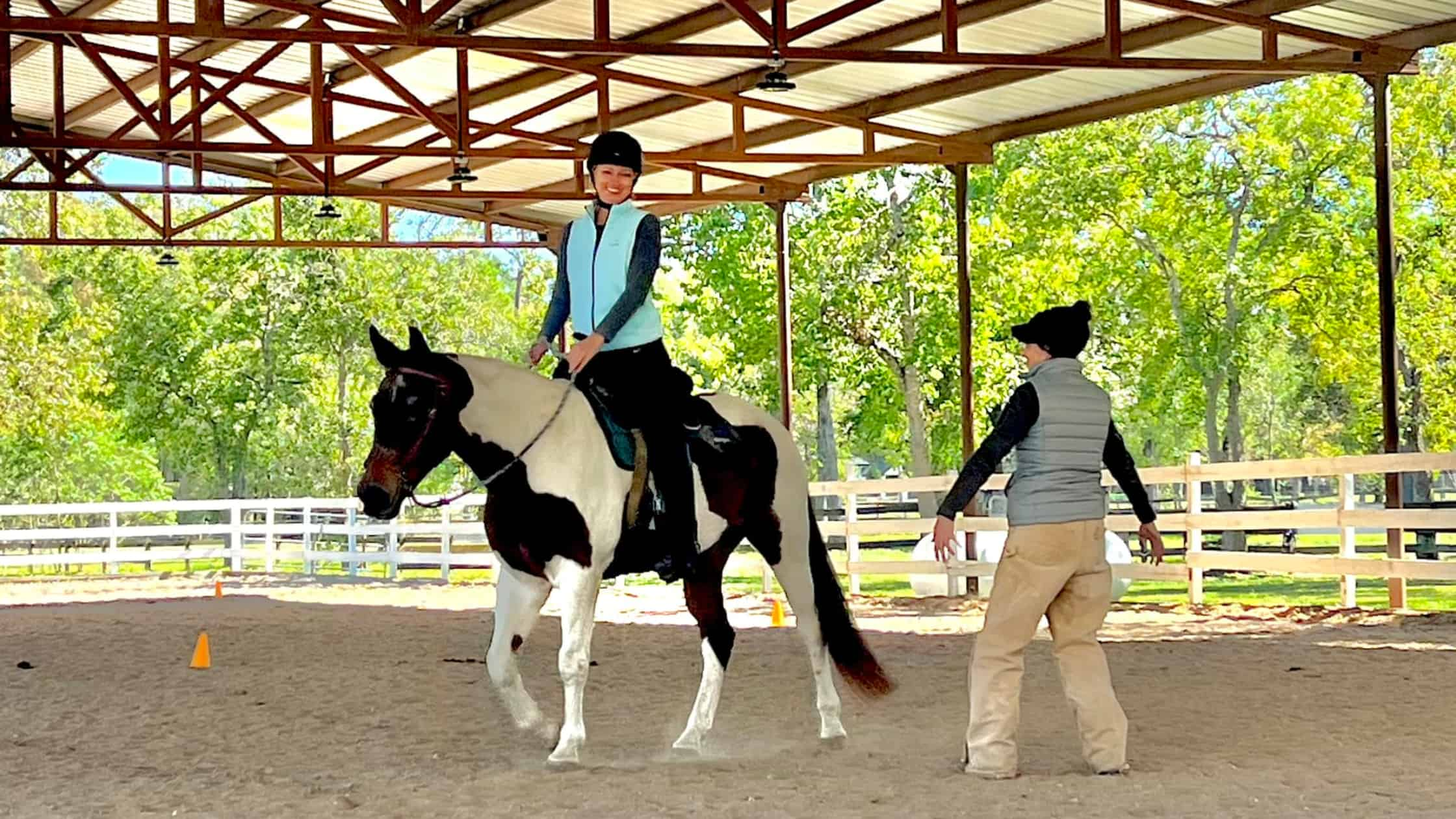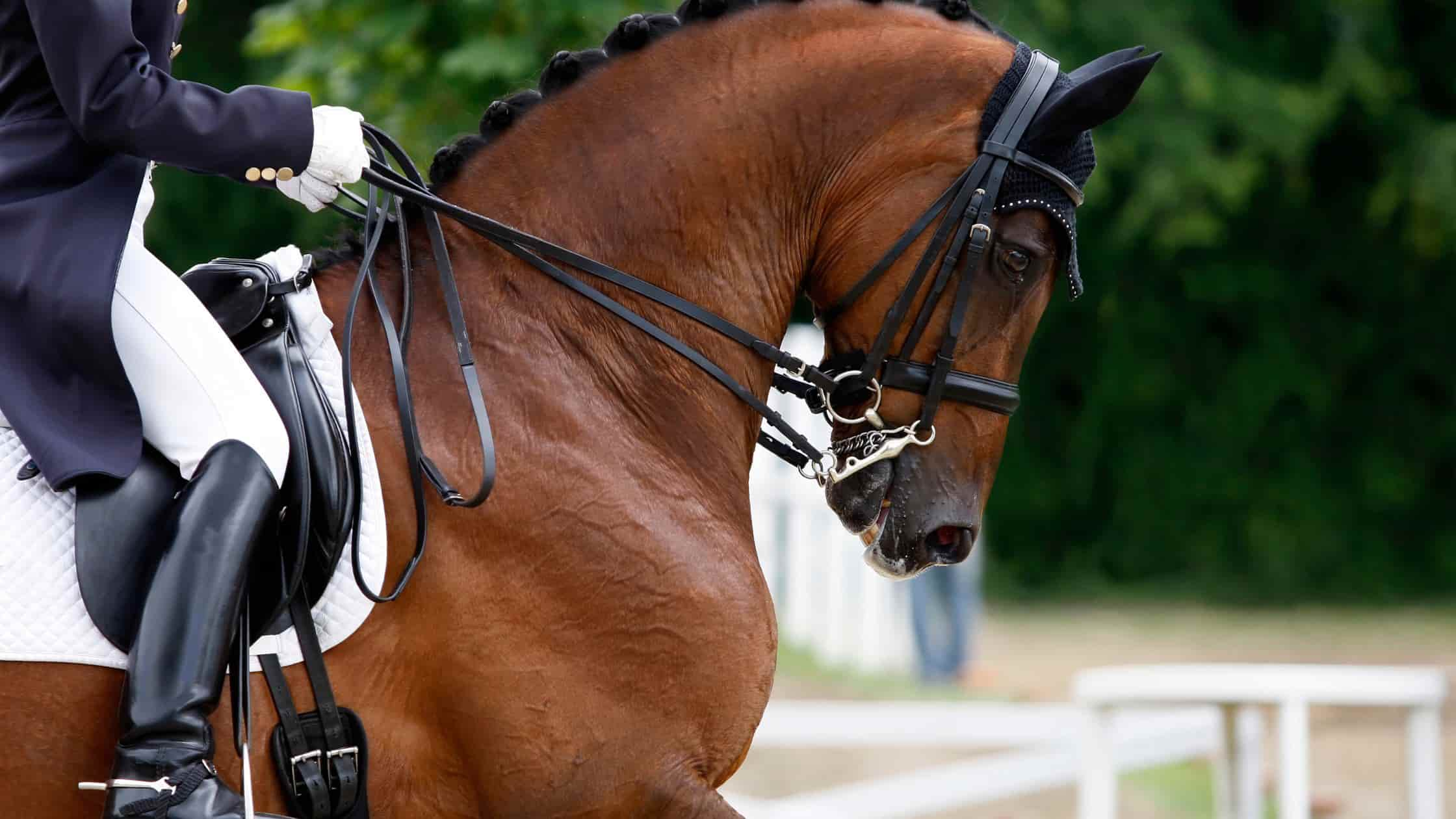Engaging in horse riding brings joy and numerous benefits, but it also necessitates a serious approach to safety. A correctly fitted and worn riding helmet is pivotal in reducing the risk of head injuries, making it a non-negotiable aspect of equestrian safety. This guide is designed to shed light on the proper procedures for selecting, fitting, and wearing riding helmets, enabling riders to enjoy their equestrian pursuits with the assurance of enhanced safety.
Helmet Selection
Choosing a helmet that complies with recognized safety standards, such as ASTM (American Society for Testing and Materials) or SEI (Safety Equipment Institute), is crucial. It should be purpose-built for equestrian activities and free from damage or defects. A substandard or damaged helmet can seriously compromise safety, making the selection process of utmost importance.
Proper Fitting
Achieving a secure and snug fit is paramount for optimal protection. Here’s how to ensure your helmet fits properly:
Measure Your Head: Measure around the widest part of your head, about an inch above your eyebrows, to find your size.
Try On Several Sizes: Use your measurement to try on different sizes and adjust using the sizing wheel or padding for a perfect fit.
Ensure Correct Fit: The helmet should fit snugly and should not move in any direction when you move your head. If it rocks, it’s not the right fit.
Secure the Straps: Once fitted, fasten the chin strap securely, allowing only enough room to fit one finger between the strap and your chin.
Proper Wearing
Wearing the helmet correctly is as important as having the right fit. The helmet should be level on your head, with the brim sitting just above your eyebrows and the chin strap securely fastened. Any deviation from the correct wearing procedure can significantly diminish the protective capabilities of the helmet, making adherence to proper wearing essential.

Start Riding Now at The Woodlands Riding Center!
Explore the fundamentals of horse riding with our structured lessons, tailored to accommodate riders of all skill levels. Secure your spot and take the first step toward proficient riding today!
Regular Checks and Replacement
Regular inspection for signs of wear, damage, or deterioration is necessary. If any are found, immediate replacement is crucial. Helmets have a specific lifespan and must be replaced after certain periods, even without visible damage. Replacement is also vital after an impact or fall, regardless of the apparent condition, as internal structures might be compromised.
Riding Helmets - Our Recommendation
When it comes to prioritizing safety in equestrian activities, our recommended choice for a riding helmet is the One K™ Defender Matte Helmet. This helmet not only meets stringent safety standards, including ASTM F1163-15 and SEI certification, but also offers an adjustable fit, matte finish for reduced glare, effective ventilation, and easy maintenance with a removable, washable liner. We believe that safety and style should go hand in hand, and the One K™ Defender Matte Helmet exemplifies this by providing riders with both protection and a touch of elegance. However, regardless of the brand or model, always ensure your chosen helmet complies with safety standards and fits correctly to make safety a top priority during your equestrian adventures.
Prioritize Equestrian Safety
Wearing a properly fitted and well-maintained riding helmet is a critical aspect of ensuring safety during equestrian activities. By selecting the right helmet, ensuring it fits snugly, wearing it correctly, and replacing it when needed, riders can considerably mitigate the risks of severe head injuries and can fully immerse themselves in the joy of horseback riding lessons, with a reassured mind focused on learning and enjoying rather than worrying.





